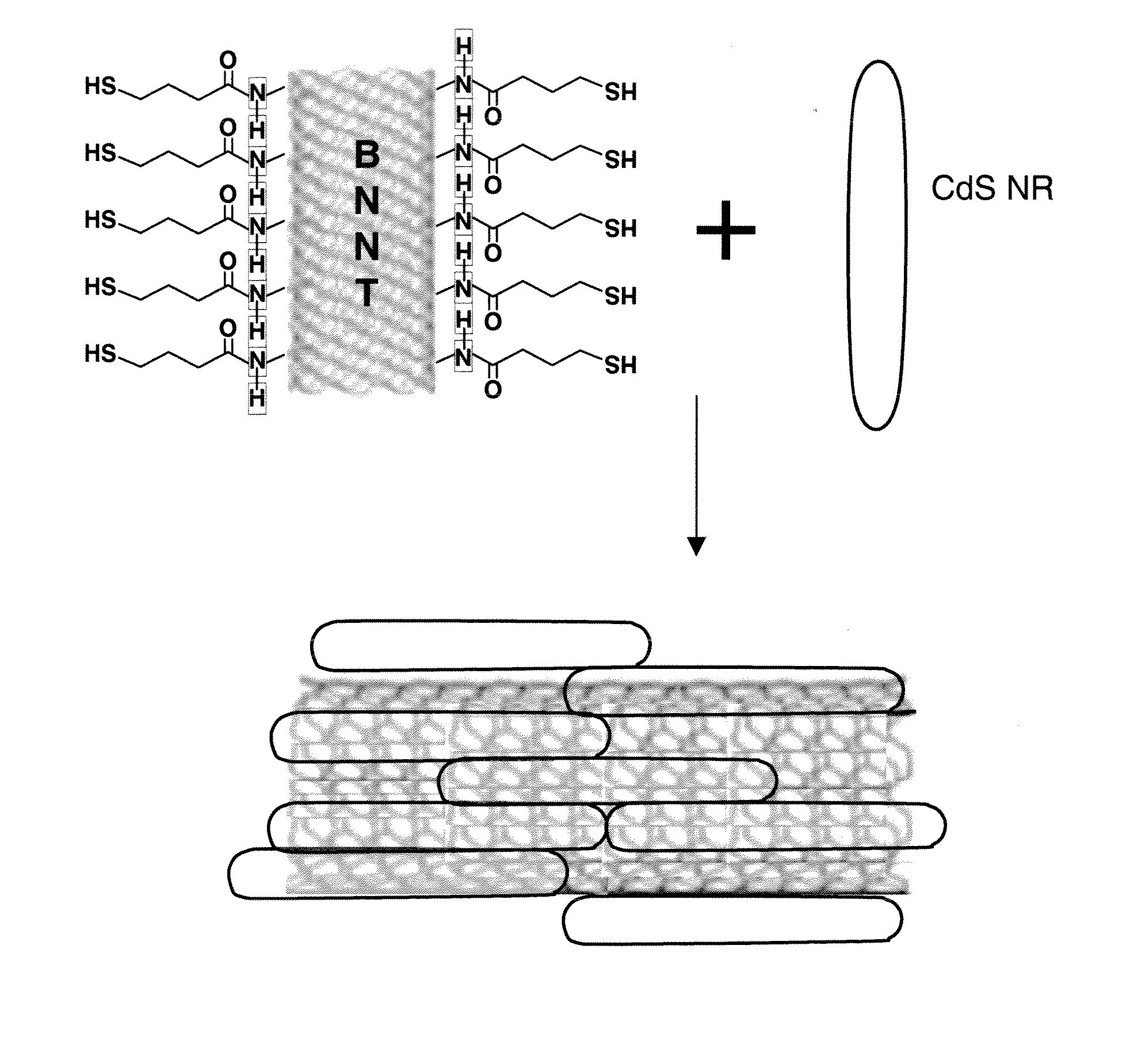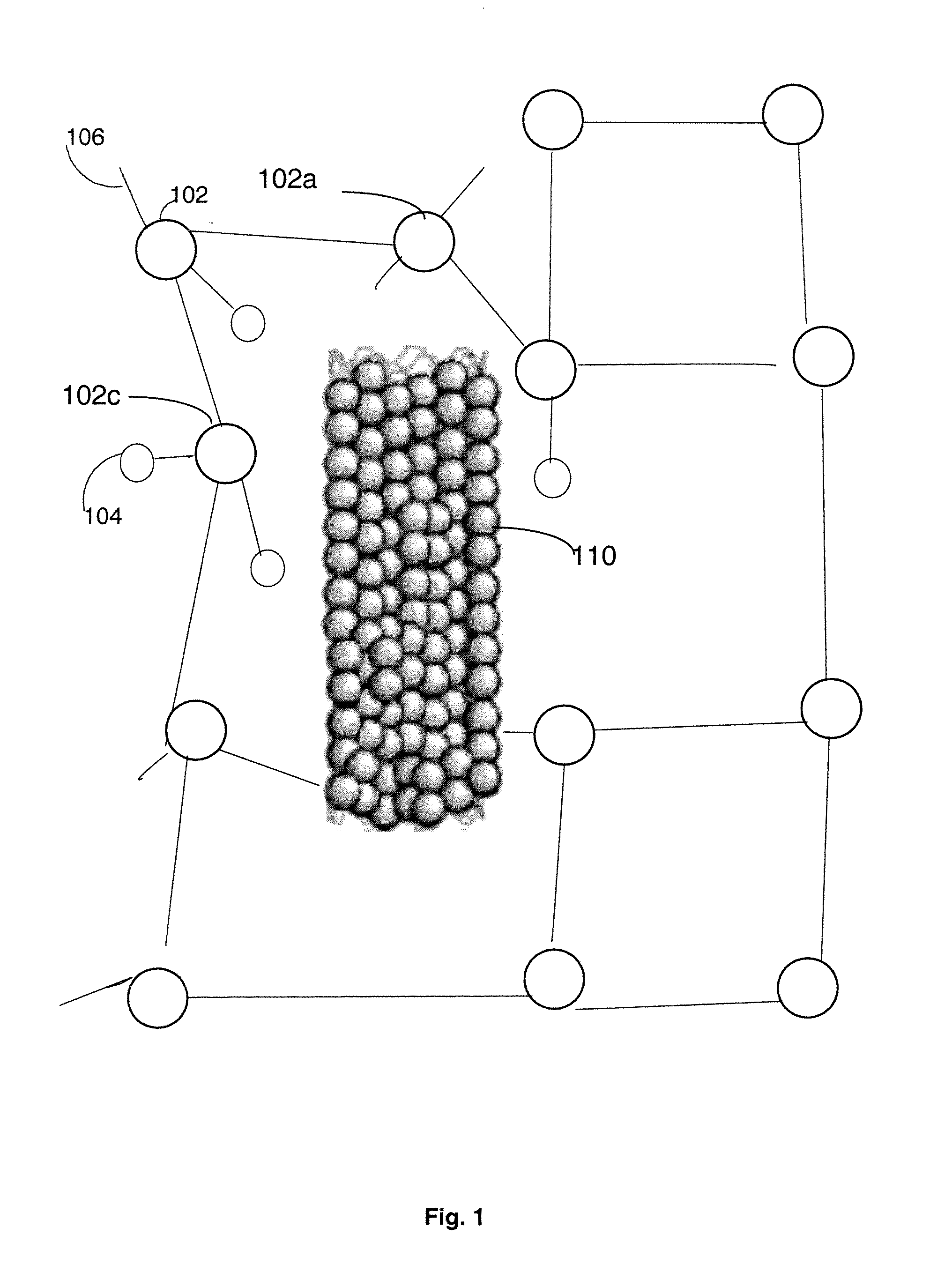Amorphous silicon solar cells
a solar cell and amorphous silicon technology, applied in the field of materials science, can solve the problems of microscopic explanation, inability to practically mitigate the swe of amorphous silicon, and the deformation of amorphous silicon under light exposure, and achieve the effects of suppressing bond rotation, reducing the swe, and reducing the sw
- Summary
- Abstract
- Description
- Claims
- Application Information
AI Technical Summary
Benefits of technology
Problems solved by technology
Method used
Image
Examples
Embodiment Construction
Definitions
[0025]The term “hydrogenated amorphous silicon” is used in its conventional sense. That is, amorphous silicon refers to the non-crystalline allotropic form of silicon. Silicon is a four-fold coordinated atom that is normally tetrahedrally bonded to four neighboring silicon atoms. In crystalline silicon this tetrahedral structure is continued over a large range, forming a well-ordered lattice (crystal). In amorphous silicon this long range order is not present and the atoms form a continuous random network. Not all the atoms within amorphous silicon are four-fold coordinated. If desired, the material can be passivated by hydrogen, which bonds to the dangling bonds and can reduce the dangling bond density by several orders of magnitude. Hydrogenated amorphous silicon (a-Si:H) has a sufficiently low amount of defects to be used within devices. Hydrogenated amorphous silicon (a-Si:H) is widely applied commercially in thin film solar cells by means of plasma enhanced chemical ...
PUM
| Property | Measurement | Unit |
|---|---|---|
| diameter | aaaaa | aaaaa |
| diameter | aaaaa | aaaaa |
| diameter | aaaaa | aaaaa |
Abstract
Description
Claims
Application Information
 Login to View More
Login to View More - R&D
- Intellectual Property
- Life Sciences
- Materials
- Tech Scout
- Unparalleled Data Quality
- Higher Quality Content
- 60% Fewer Hallucinations
Browse by: Latest US Patents, China's latest patents, Technical Efficacy Thesaurus, Application Domain, Technology Topic, Popular Technical Reports.
© 2025 PatSnap. All rights reserved.Legal|Privacy policy|Modern Slavery Act Transparency Statement|Sitemap|About US| Contact US: help@patsnap.com



